"The United States saw a surge in wine imports in 2021, 2022, and 2023, surpassing the unprecedented figure of $7.063 billion, representing a 25.8% increase over the average. This market growth was made possible by increasing the average price by 11.2% to $5.07 USD/liter, the highest since 2008, but also thanks to the significant growth in consumption of wines from Chile, Argentina, and Uruguay, which are increasingly sought after for their distinct characteristics and pleasant consumption. On the other hand, Spain has once again become a major supplier after facing high tax restrictions in 2019 and previous years”.
"The United States is leading the post-pandemic recovery of international wine trade and is consolidating itself as the world's leading wine market in value, while surpassing the United Kingdom as the second-largest importer in volume, only behind Germany”.
"France, a supplier of high-priced wines, was the main victim of the various trade barriers in 2020, a critical year for its sales of sparkling and bottled wines to the United States, particularly in value. However, not only has it recovered what was lost in 2020 in 2021, but it has also reached its historical highs in the United States with sales of $2.547.5 billion (+48.5%), making it the country's top supplier”.
"According to the Wine Institute, the United States wine market in 2020 was approximately $38.1 billion in retail value and 408.6 million 9-liter cases in volume. As for the Florida wine market in particular, the website Winebusiness.com reported that in 2019, Florida was the twelfth largest state in terms of wine consumption, with wine sales in liquor stores and supermarkets exceeding $1.6 billion. However, it is important to note that these data may be subject to change and that there are various sources of information that may provide slightly different figures”.
"Wine purchases in the United States exceed $7 billion, a figure never seen before. Despite the consequences of the pandemic and the closure of the on-premise channel, wine consumption in the United States increased in 2020. In that year, in terms of volume, wine consumption grew by 2% to 3.032 billion liters. Per capita consumption also increased by 1.2%, reaching an average of 12.40 liters. Of the total wine consumed, 74.6% came from domestic production and 25.4% was imported”.
In Miami, you can find a great variety of wine brands, both national and international. Some of the most recognized and popular wine brands include:
-
Opus One (United States)
-
Caymus Vineyards (United States)
-
Château Lafite Rothschild (France)
-
Santa Margherita (Italy)
-
Kendall-Jackson (United States)
- Dom Perignon (France)
As for Argentine, Chilean, and Uruguayan wine brands recognized in Miami, Argentina and Chile are two very important wine-producing countries in the world, and several wine brands from these regions can be found in Miami. Uruguay has also made good progress in recent years to generate not only excellent products and competitiveness but also excellent conditions for export, something that Argentine policy in recent years has played a negative role in, despite the excellent work of ArgentineWines. Below are some of the most recognized Argentinean, Chilean, and Uruguayan wine brands in Miami:
These are some of the most recognized Argentine, Chilean, and Uruguayan wine brands in Miami:
Argentine wine:
-
Catena Zapata
-
Achaval Ferrer
-
Terrazas de los Andes
-
Luigi Bosca
-
Bodega Norton
-
Bodega Colomé
-
Bodega Vistalba
-
Bodega Septima
-
Bodega Zuccardi
Chilean wine:
-
Viña Montes
-
Viña Concha y Toro
-
Viña Santa Rita
-
Viña Casablanca
Uruguayan wine:
-
Bodega Garzón
-
Familia Deicas
-
Pisano
-
Juanicó
-
Bouza
What made Argentine wine so successful in the USA?
Argentine wine entered the US market very successfully thanks to product placement, perhaps much more than the industry itself has realized the impact this technique has in the US and Europe.
In addition to "The Wolf of Wall Street," Argentine wine is also mentioned in other movies and TV series such as "Sideways" (2004), "Bottle Shock" (2008), "The Good Wife" (2009-2016), and "Billions" (2016-2021).
Argentine wine has also been praised by several renowned wine critics and experts, including Robert Parker and Jancis Robinson. And celebrities such as Madonna, Gwyneth Paltrow, and Francis Ford Coppola have also declared their love for Argentine wine.
Regarding Argentine wine advertising, some campaigns have been successful in the US market. For example, the "Argentina: Be Part of it" campaign by the Vitivinicultural Fund of Mendoza used impressive images of Argentine landscapes and culture to promote Argentine wine. There have also been campaigns focused on promoting Argentine Malbec, such as the "Malbec World Day'' campaign, which is celebrated every April 17 and has been promoted by several Argentine wineries and viticultural organizations.
A great achievement in the USA: the female market
Women remained the main consumers of wine in the United States in 2020. According to Experian Simmons 2020, women represent 60% of domestic table wine consumption; 59% of imported table wine; 62% of champagne and sparkling wine; and 57% of sherry and dessert wine (Table 16). They even represented more than 70% of the clientele for major brands such as Barefoot Cellars (70%), Cupcake Vineyards (73.6%), The Naked Group (80%), and Skinnygirl (89.9%).
On the other hand, despite the fact that younger generations, such as Millennials and Generation Z, have increased their wine consumption by 28% and 25%, respectively (McMillan 2020), the sector is still dominated by consumers aged 55 and older (Table 17). Finally, it should be noted that in terms of social class, households with higher incomes of over US$ 75,000 are the clear winners in wine consumption in the United States, including imported wines.
If we analyze the profile of the Spanish wine consumer specifically, some differences can be observed. The profile of the Spanish wine consumer is predominantly male and younger. Its main consumers are middle-aged, between 35 and 44 years mold, followed by those aged 45-54.

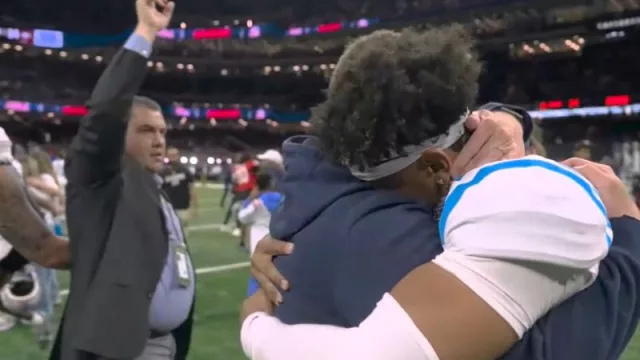




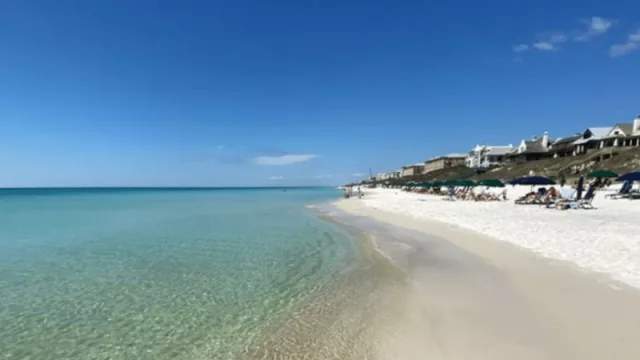
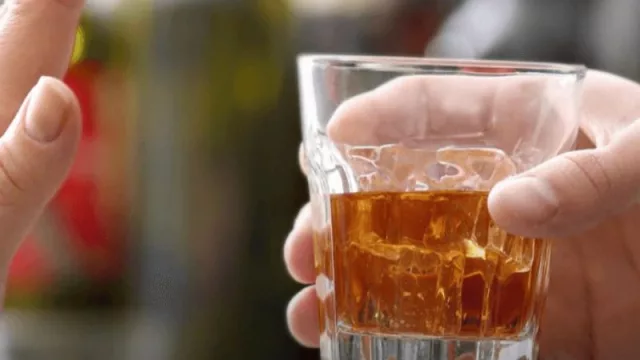
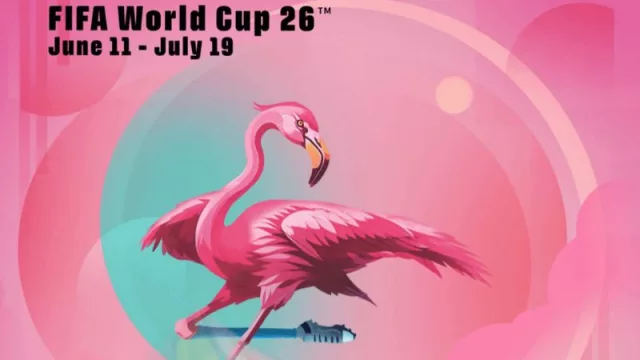


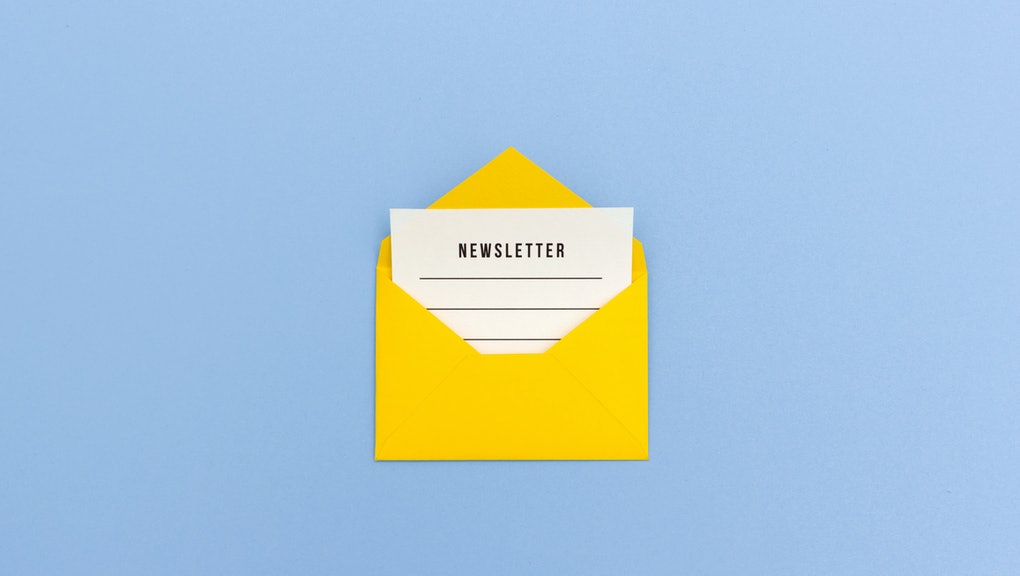
Tu opinión enriquece este artículo: